The Best Rolling Pin for You
Most of us came in contact with rolling pins in our childhoods, watching our mothers make rotis and puris. Nowadays, there are various types of rolling pins, and you need to choose the one that is best for you. Whether you are making pasta or rolling a crust, a nice rolling pin will help you get the consistency just right.
Rolling pins come in many sizes and materials. Some materials include glass, ceramic, acrylic, copper, wood, marble, plastic, steel, amongst others.
There are various types of rolling pins available online at Ellementry, but sometimes, the decision to choose the best rolling pin can be a bit confusing, which is why we have decided to make your life easier and help you with your decision.
- American Style Rolling Pin- An American style rolling pin is the most common rolling pin and probably the one you are most familiar with. You may also know this rolling pin as the ‘traditional rolling pin’ or ‘baker’s rolling pin.’ It has a wooden dowel (or middle part for the beginners) and two handles on either side. If you are the traditional type, then this rolling pin is perfect for you! However, as with most things, there are pros and cons to this type of rolling pin.
Pros: The pros of the traditional rolling pins are that they have incredibly comfortable handles so, they are great for everything like cookies, pizza, pie crusts, etc.
Cons: However, these types of rolling pins are a bit heavy and difficult to navigate.
- French Style Rolling Pin- Since the French style rolling pin is tapered and without handles, some people think it might be too fancy to roll out rotis and parathas. Trust us, you are wrong. Since they do not have handles, you need to press the heels of your palms flat against the pin and push it away from you. The lack of handles allows more control and intimacy on the dough. These types of rolling pins are the best for people who appreciate the simple things in life. You can find them very easily at Ellementry.
Pros: The pros of French-style rolling pins or ‘tapered rolling pins’ are that they are easier to manoeuvre, they allow a more controlled pressure on the dough, they allow more control over the dough, and are lighter in weight than American style rolling pins.
Cons: The cons of these styles of rolling pins are that they are great if you are rolling soft bread and pie dough; however, they are not ideal for stiff or cold cookie dough.
- Vintage Rolling Pin- These types of rolling pins are perfect for the vintage hipster bakers. A vintage rolling pin is an amazing find and is typically smaller than the normal rolling pin. It is usually a cross between a traditional and tapered rolling pin available at Ellementry.
Pros: They give off vintage vibes, and since they are smaller in size, they are great for smaller pie crusts and decoration.
Cons: Some vintage rolling pins are small in size and are usually full of splinters due to their old age. They are, however, great if you have a vintage vibe in your kitchen.
- Marble Rolling Pin- Marble rolling pins are an extremely aesthetic, and slightly unconventional, splurge piece. Yes, marble rolling pins are great for doughs that are cold-sensitive like puff pastry because they stay twice as cool; but they are not for people who make puff pastries once a year.
Pros: They stay twice as cold and are gorgeous.
Cons: They are often heavy and need a lot of arm pressure, making them quite difficult to navigate. They are also a tad more expensive than other types of rolling pins.
We hope this article helped you decide the best rolling pin or pins for you. Now that you know what type of rolling pins are out there, here are a few fun facts about rolling pins that you may or may not be aware of!
- The first civilization that we know of that used rolling pins were the Etruscans who migrated from Asia to Italy or originated in Italy.
- Written recipes were not in existence until the fourth century B.C.; however, the Etruscans usually depicted how much they loved food in murals and vases wherein a rolling pin was also depicted.
- Native Americans use their hands as rolling pins to preserve their culture and chefs often use this technique to make pizza bases and tortillas.
- Rolling pins have been made from various different materials such as cylinders of clay, smooth branches, and even glass bottles.
- The French were the first to perfect the shape of the rolling pin and often used marble rolling pins on a marble slab for especially buttery dough.
- In Italy, chefs still use chilled, full wine bottles to cool the dough.
- There are some countries that make a hollow rolling pin and fill it with cold water.
- The American style rolling pin was invented in the late nineteenth century by J. W. Reed.
Hope you have decided the ones which you would most necessarily like to pick. To take further help, you can visit ellementry.com and find a variety of designs and options.












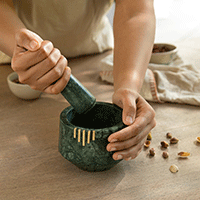



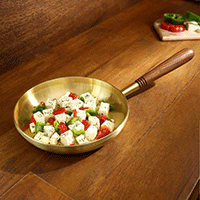












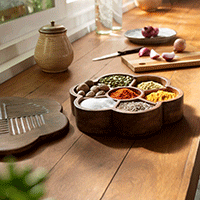





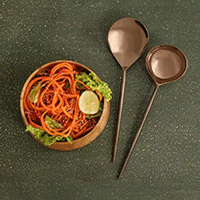







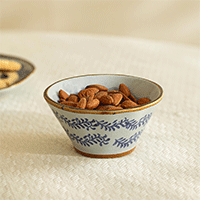


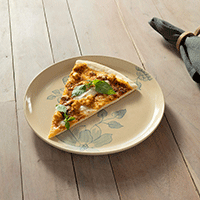




























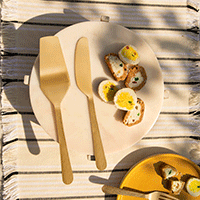
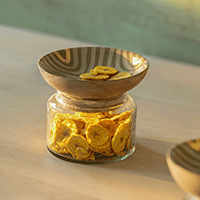






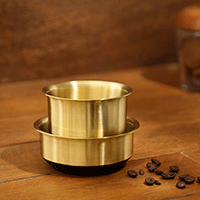





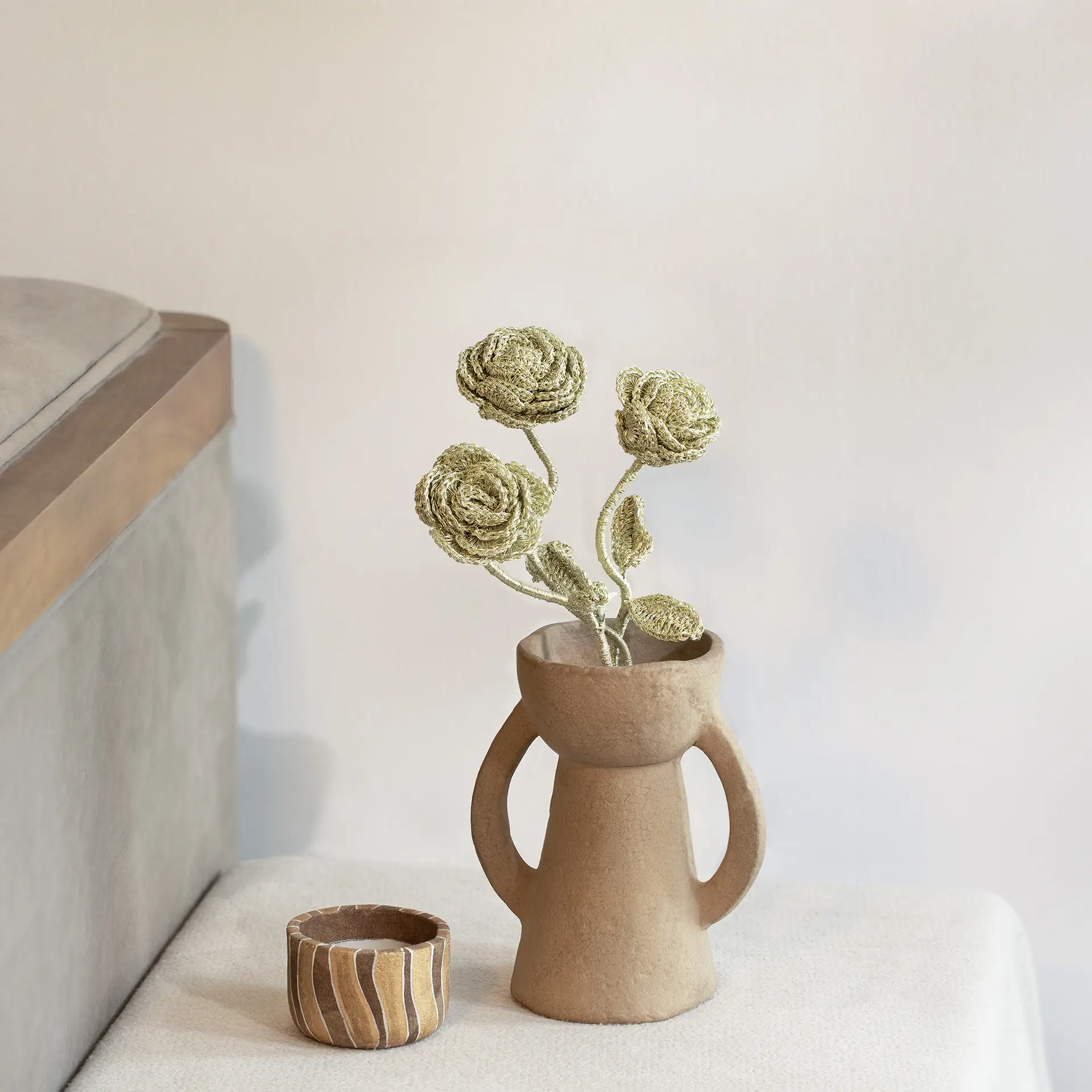








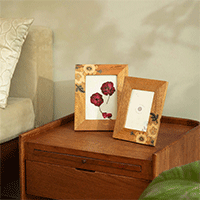















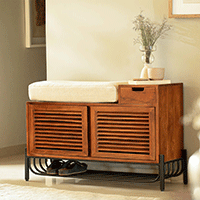
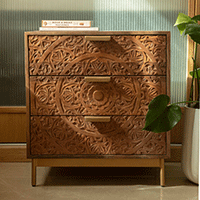

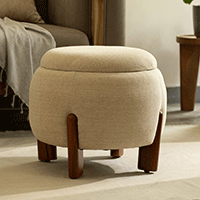














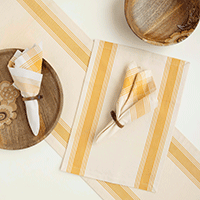





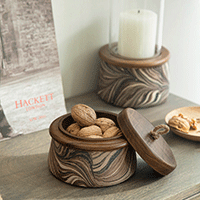




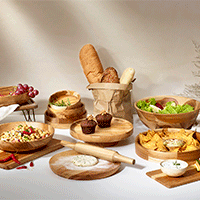
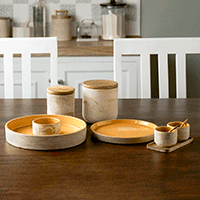

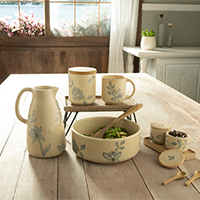


















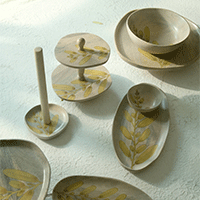

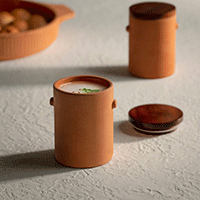




















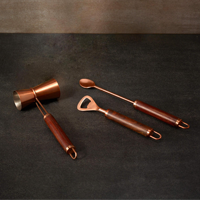















 easy returns
easy returns safe & secure
safe & secure hand crafted
hand crafted
